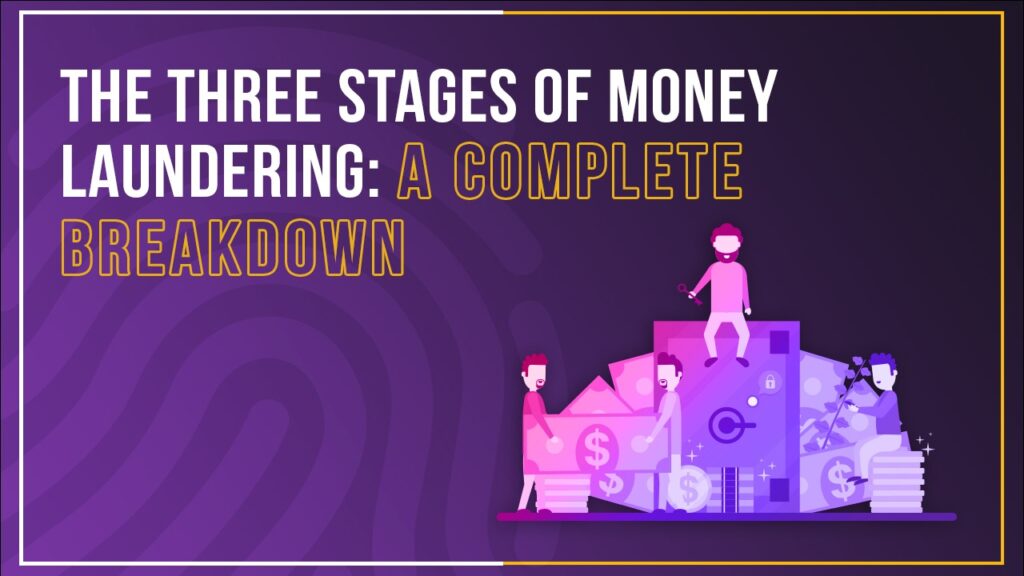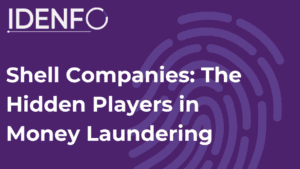Money laundering is a sophisticated process criminals use to disguise illegally obtained funds as legitimate income. With the UAE’s robust financial ecosystem, understanding placement, layering, and integration—the three stages of money laundering—is critical for businesses to combat financial crimes. This guide aligns with UAE AML regulations and global best practices to help you detect and report suspicious activities.
Stage 1: Placement in Money Laundering
Placement marks the entry of “dirty money” into the financial system. In the UAE, criminals exploit cash-intensive sectors like real estate, luxury goods, and precious metals to bypass scrutiny17.
How Criminals Execute Placement:
- Smurfing: Splitting large sums into smaller deposits below the UAE’s AED 55,000 reporting threshold for precious metals/stones.
- Asset Purchases: Buying high-value items (e.g., Dubai real estate, luxury cars) to convert cash into less traceable assets.
- Blending Funds: Mixing illicit money with legitimate business revenue (e.g., restaurants, retail).
- Loan Repayments: Using illegal proceeds to repay loans, creating a veneer of legitimacy.
UAE Compliance Measures:
- Mandatory Reporting: Financial institutions must flag transactions exceeding AED 55,000 to the goAML portal.
- Customer Due Diligence (CDD): Enhanced checks for high-risk clients under Federal Decree-Law No. 20/2018.
- Cash Transaction Limits: Strict monitoring of cash deposits in sectors like real estate and jewelry.
Stage 2: Layering in Money Laundering
Layering involves complex transactions to obscure the money’s origin. The UAE’s cross-border trade and cryptocurrency markets are frequent targets.
Common Layering Tactics:
- Cross-Border Transfers: Moving funds through UAE free zones and offshore accounts.
- Cryptocurrency Swaps: Converting cash into Bitcoin or other digital assets.
- Shell Companies: Using Dubai-based front businesses to simulate legitimate trade.
- Asset Reselling: Purchasing and quickly reselling luxury items (e.g., art, gold) to erase paper trails.
UAE Countermeasures:
- Transaction Monitoring Systems: AI-driven tools track layered transactions across multiple accounts.
- Beneficial Ownership Registers: Mandatory disclosure of Ultimate Beneficial Owners (UBOs) under CBUAE guidelines.
- International Cooperation: Sharing data with FATF and MENAFATF to trace cross-jurisdiction flows.
Stage 3: Integration in Money Laundering
Integration reintroduces “cleaned” funds into the economy. UAE sectors like hospitality and construction are vulnerable due to high investment volumes.
Integration Methods:
- Real Estate Investments: Purchasing Dubai properties through shell companies.
- Business Ventures: Funding startups or SMEs to legitimize illicit profits.
- Financial Instruments: Buying stocks/bonds via UAE-based brokerage accounts.
UAE Prevention Strategies:
- Anti-Fraud Algorithms: Banks use machine learning to spot mismatched income/assets.
- Enhanced KYC: Rigorous vetting of high-net-worth investors and PEPs (Politically Exposed Persons).
- AML Training: Mandatory workshops for UAE financial sector employees.
Why Understanding These Stages Matters for UAE Businesses
- Reduced Legal Risks: Non-compliance with AML-CFT Law No. 26/2021 can lead to fines up to AED 5 million.
- Early Detection: Identifying placement attempts (e.g., smurfing) prevents deeper layering.
- Reputation Protection: Proactive AML frameworks build trust with UAE regulators and global partners.
How UAE Businesses Can Combat Money Laundering
- Adopt Risk-Based AML Programs: Align with CBUAE’s AML/CFT Rulebook, including Customer Due Diligence (CDD) and transaction monitoring.
- Leverage Technology: Use AI-driven tools to flag suspicious patterns (e.g., rapid cross-jurisdictional transfers).
- Employee Training: Educate staff on UAE-specific red flags, such as smurfing or free-zone shell companies.
- Report to FIU: File STRs for transactions linked to high-risk jurisdictions or Politically Exposed Persons (PEPs).









